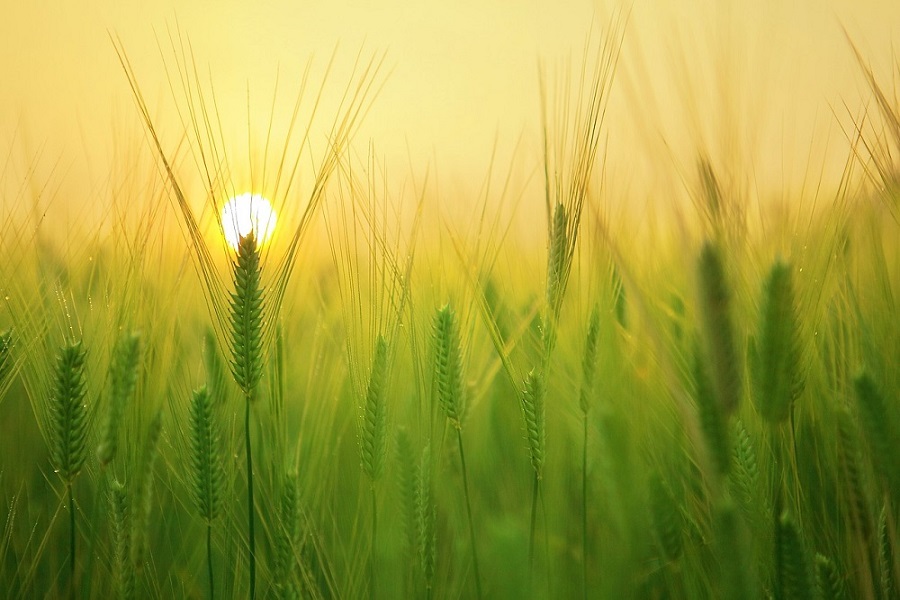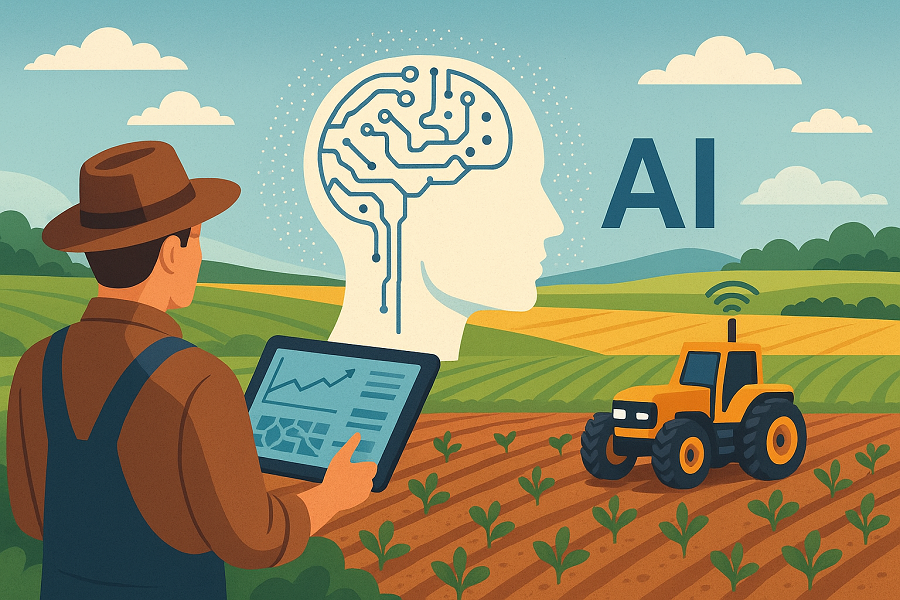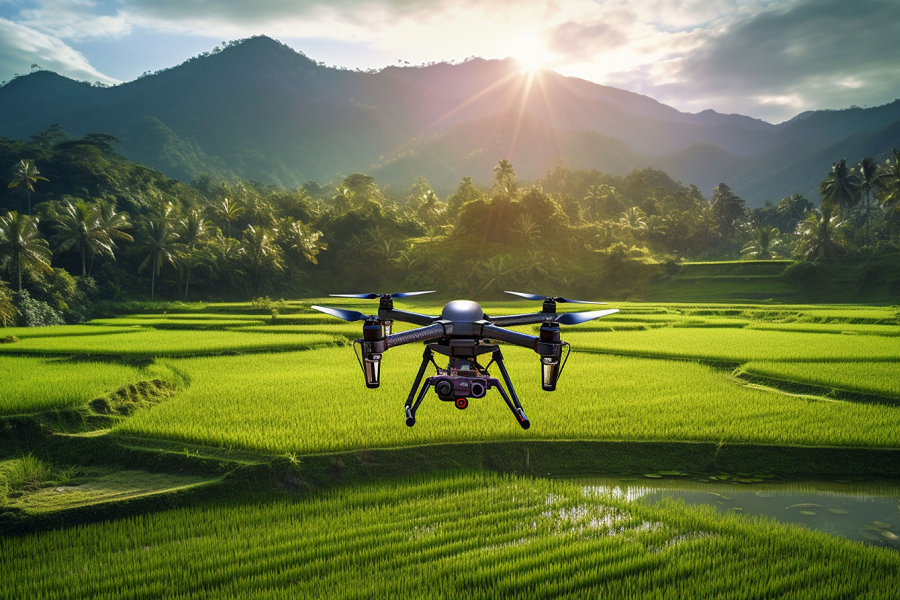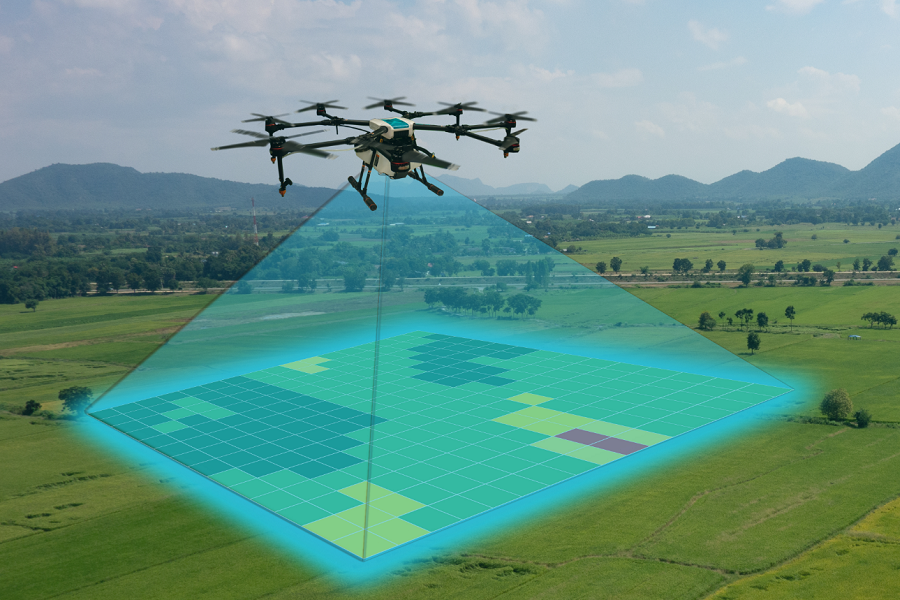by Antonio Donnangelo
Share

Introduction
To ensure the efficacy and safety of biostimulants, fertilizers and adversity defense products, field trials are carried out throughout the life cycle of the relevant crop. With this in mind, assay centers certified must perform a variety of tests to verify the efficacy of these products and highlight the differences between the different products tested.
In the case of mowing cereal crops, among the different parameters to be analyzed are the height and biomass of individual plots. Currently, measurements are taken directly in the field to assess these parameters: the height of individual plots is measured with a classic meter while the biomass of each plot is measured by mowing the vegetation and then weighing it. All of these methods are punctual, subjective (depending on who is making the measurement) and/or destructive, with high costs and survey time.
The use of the drone as an agronomic survey and monitoring tool can help technicians to assess more objectively and extensively in addition to the indicated parameters many others, such as vegetation and water stress indices. In addition, by conducting multiple flights over time, it is possible to create time series highlighting differences in various biometric and biophysical parameters over time.
Case study
On behalf of a client, we performed a drone flight over 60 plots of barley about 10 m2 1. The flight height was set at 30 meters height by taking simple RGB photos with 85% front and side image overlap.
Through analysis of the images taken, it was possible to reconstruct digital models of the plot (DSM and DTM) in which different biostimulant products were tested. In this way, the biomass volume of each individual plot and the heights at each point were derived (Fig.1), going on to generate the average height of each plot under test.

Fig.1: From left to right: RGB map; Height map; Volume map by parcel.
Unfortunately, a few days before the survey, severe weather struck the test field, causing several portions of the test to become lodged. Thanks to remote sensing images it was possible to derive the percentage of allurement. In fact, by considering any portion of vegetation below 60 cm as lodged, a “allurement map” which was subsequently used to estimate the percentage of barley lodged in each individual trial plot (Fig. 2).

Fig.2: Left to right: RGB map; Allurement map; Percentage allurement map by plot.
Conclusions
Through the use of remote sensing by drone and the processing of the collected data, it was possible to
Shorten the time for field measurements.
, going to correctly estimate the heights and volumes of individual plots.
It is emphasized that by performing several surveys during a production season, it is possible to have a data history, which is valid for evaluating and giving a concrete measure to differences in the development of individual plots over time.
In addition, it was possible to accurately estimate the damage due to allurement caused by the weather event that affected the trial, a very useful function for numerically and objectively demonstrating the percentage of damage, both for the farmer and for the agencies involved in agricultural damage management (e.g., wildlife).



